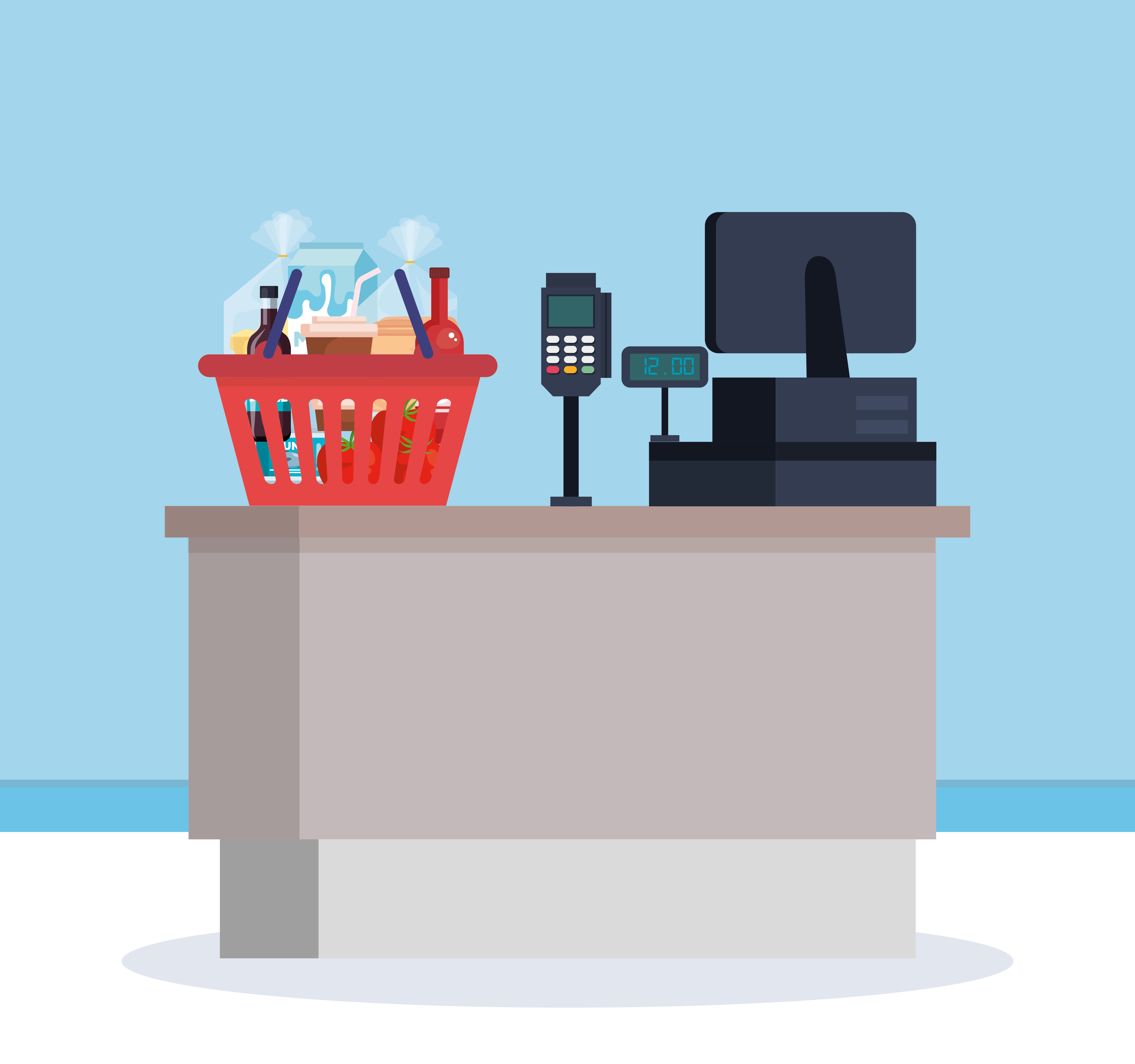As a restaurant owner, navigating the world of POS systems can be daunting. However, understanding POS basics is essential to being more productive, improving customer service, and ultimately increasing your bottom line. In this basic guide, we’ll break down the key components of POS solutions to help you make the right decision for your restaurant.
Introduction to POS
POS systems form the backbone of modern restaurant operations, seamlessly integrating functions to simplify the overall process. At its core, a POS system is a combination of hardware and software designed to facilitate transactions, manage orders, and provide valuable insights into operations.
Choosing the right hardware
Hardware components in POS solutions include terminals, touchscreens, printers, and card readers. When choosing hardware, consider the size and layout of your restaurant. Handheld machines can be useful for fast-paced environments, while full-service restaurants can opt for fixed kitchen display areas for better order management.
Software components that make a restaurant successful
POS solutions is the system’s heart, and choosing the right products is important. Look for software that offers order optimization, table management, and real-time reporting. Additionally, consider functions such as inventory management, which helps control inventory and helps prevent inventory or excess inventory situations.
User-friendly interface for employees
Easy-to-use interfaces are essential for effective staff training and smooth day-to-day operations. The streamlined design, ease of navigation, and quick sequencing contribute to a better work environment and reduce the possibility of mistakes during busy times.
Integrated payment system
Modern POS software offers integrated payment options, including credit card, mobile payments, and contactless transactions This not only enhances the customer experience but also simplifies accounting and reduces the risk of errors in manual payment processing.
Data Protection and Compliance
Protecting customer data is of utmost importance. Ensure that your chosen POS system meets industry standards for data security. Prioritize features to protect sensitive information and build trust with your customers.
Scalability for future growth
Consider the scalability of your POS software to align with your restaurant’s future growth. Choose a system that easily integrates new terminals, features, or modules as your business expands. Scalability ensures that your POS investment continues to meet the evolving needs of your restaurant.
In conclusion, POS basics are important for restaurant owners looking to increase productivity and customer service. By understanding hardware and software components, prioritizing user-friendly interfaces, ensuring integrated payment processing, and addressing data security, you can make informed decisions when choosing a POS system. Investing in this starter manual will empower you to choose the POS software that is right for your restaurant. Choose our BillChampPOS that fits your outlet’s specific needs and lays the foundation for long-term success.







